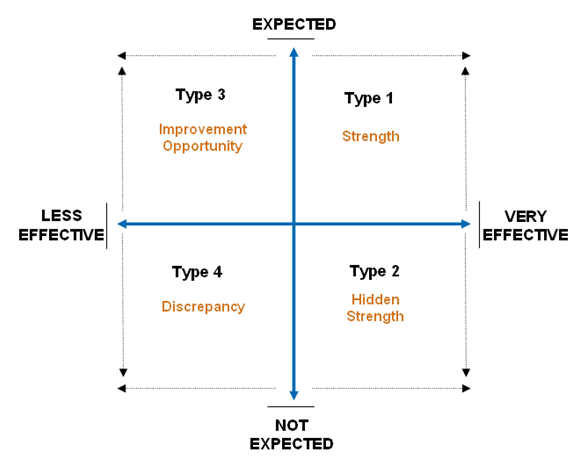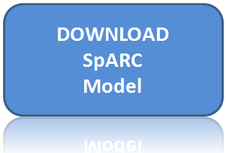 Corporate Training Program: Leadership Feedback Model
Corporate Training Program: Leadership Feedback Model
We all have an idea of what leadership is. Leadership is the activity of organizing and leading a group of people (or an organization) to achieve a common goal. But what is a leader? Specifically, what makes up an effective leader? This question requires us to delve deeper and uncover the true qualities that make this great leadership possible.
Below, we begin our journey of understanding this concept by taking a portion out of one of our training consultant corporate training programs.
The Good, the Bad and the Ugly
Before we dive into this corporate training program, let’s first look at leadership on a more personal level in terms of your own experiences with leaders. Let’s start this by doing a quick activity together.
Take a minute and conjure up a very clear image of the very Worst LEADER you have ever had or witnessed in your career. As you do this, think to yourself:
- Ways the worst boss behaved and things they did
- How it made you feel
- How you and others on the team behaved or performed as a result
Now, take another minute and think about the Best LEADER you have experienced in your careers. Once again, try to remember the things they did, how you felt as a result and how you and your teammates performed as a result.
Do you think your worst boss would have ever imagined, as you read this blog years later, that an image of their face would pop up in your mind?
Most likely not. Chances are, they were unaware (or just plainly did not care!) about what their team thought of them. Poor leaders are known thwart and disregard feedback. This lack of self-awareness blinded his or her ability to see the negative impact they were having on their subordinates.
On the other hand, when you think about your best leaders, how many of them do you think might have had an idea that their image would come to mind when you were asked about your best leaders? Most likely all.
Which category do you think you will fall into in the future? More importantly, how can you have an impact on which category you will fall into?
A key insight taught in our leadership corporate training programs is this: one of the first steps in developing yourself as a leader is to get information about where you currently stand by asking for FEEDBACK. This insight in invaluable in helping you discover where your strengths lie, and uncover any potential gaps and opportunity for development.
The best source of information about your strengths and areas for development is feedback.
- Feedback is nothing more than information or data. Data are neutral. The data does not make decisions about you. You make decisions about what to do with the data.
- The feedback you receive represents an “accurate” picture from the perspective of each of your raters. It represents their perception and their perceptions are real to them.
- Be cautious not to reject or accept your feedback too quickly. Clarify with others what you do not understand.
- The information in your report represents a “snapshot” of you from the perspective of your raters. This snapshot should be compared with other feedback messages to determine what common themes and patterns exist.
Training Consultants Model: Receiving FEEDBACK
The model below is one which should make a regular appearance in any leadership corporate training program.
When you receive feedback from anyone whether it is a co-worker, manager, spouse, friend or significant other, it falls into one of the following four categories, each of which are a function of two dimensions: effectiveness and expectation.
Effectiveness:
- The degree to which your leadership actions are reported as effective by your raters.
- Does it indicate that you are effective? Or does it indicate a desire for change in your behavior?
Expectation:
- The degree to which the feedback reports what you expected it to say.
- Did you expect it? Or not?

Type 1
-
This feedback indicates a particular area has strength, and you were already aware of it. This feedback is assuring and should be reinforced by continue doing what you are doing.
Type 2
-
This feedback indicates you are very effective in some area and are NOT aware of it. This is a “hidden strength.” When you start to hear this sort of feedback repeatedly, take it seriously and accept it. You may have been underestimating yourself.
Type 3
-
This feedback signifies an improvement opportunity. It means that you have an area in which you could improve or develop further and were aware of it. This sort of feedback reinforces your self-awareness so you can redouble your development efforts.
Type 4
-
This feedback reveals that you have an area to improve and were NOT aware of it. It is a “blind spot” and indicates a need for increased self-awareness. Type 4 feedback is perhaps the most difficult to receive, but it is the most valuable to us for we usually do not get this feedback directly.
Remember - When we get genuine feedback from others, it is a gift. Take this feedback and use it to reevaluate yourself.
Training Consultants Model: Giving FEEDBACK
We have talked a lot about feedback in this blog. Mostly, we have talked about the importance of being open to and acting on feedback as a hallmark of great leadership.
The other side of the coin is GIVING feedback. The SpARC Feedback Model provides a useful framework for giving both positive feedback and feedback for improvement. Our training consultants have taught the SpARC Model in countless corporate training programs across the world. Learn how some of the greatest leaders effectively apply this model to coach and assess.

